What is manual therapy? It is recognized as official medicine or not. Techniques and techniques of manual therapists.
Content
- Why the back hurts - the reasons
- What to do if the back hurts due to protrusion or hernia?
- Video: Dr. Oros about headaches due to clamps in the cervical spine
- Video: Elena Malysheva about different methods of treatment of intervertebral hernia
- Some manual therapy techniques if the back hurts
- Myofascial release if the back hurts
- Video: myofascial massage
- Video: Dr. Oros about a myofascial syndrome, in which a person has many painful points in the muscles
- Craniosacral therapy if the back hurts
- Video: About craniosacral therapy
Manual therapy differs from ordinary healing massage. The manual therapist can correct something, can, if necessary, use painkillers. If the back hurts due to a hernia, it may advise you to make a special injection in the intervertebral disk or endoscopic surgery.
To find a manual therapist, you need to know that this person should have 3 diplomas at once:
- Diploma "Medicine". This basic diploma for doctors.
- Diploma in the specialty "Neurologist" or "Traumatologist-orthopedic". There are rare exceptions here and sometimes doctors of other profiles become manual therapists.
- Diploma "Manual therapist".
If you have found a manual therapist who does not have diplomas, but he says that he is a yogi or a student of some great osteopath, then it is better to run from such a specialist without looking back. You can’t find a manual therapist, better go to ordinary massage. There is also benefit from him, even if the back hurts due to hernia, below we will tell you why.
Why the back hurts - the reasons
You can see problems with the spine in an X -ray picture. He will be able to show protrusion (small protrusion of the intervertebral discs) and hernias (we can say that these are aggravated protrusions or stronger protrusion).
But a better research method is considered to be MRI. This research method allows us to completely exclude that the back pain is caused by a formidable malignant tumor. It is known that the sick organ very often causes pain in the back where the nerve comes from. Do not be alarmed, such pain does not necessarily threaten life.
The back in the thoracic region can hurt, for example, with gastritis. Or with menstruation, it often happens that the lower back hurts (but this pain should not be severe).
With the same probability, everything happens and vice versa. For example, your back hurts, but the pain gives the pain in the stomach along the nerve. From such pain, even an disorder of digestion may occur. If such pain occurs from the cold, then the spine is rather to blame, and not the stomach with the intestines.
It happens that the heart hurts, but cardiologists say that a person is healthy. And in this situation, back pain can be to blame due to hernia or muscle clamp.
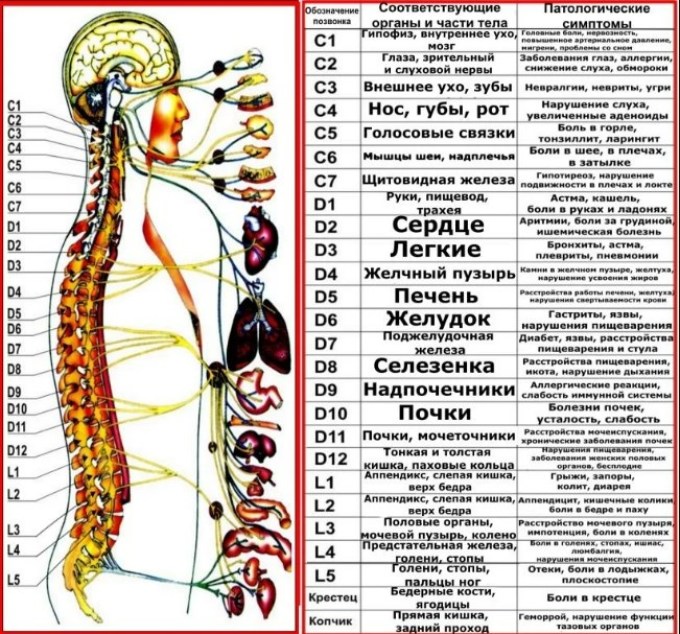
Another examination with an MRI or X -ray, if there is a hernia, allows you to see exactly where it is. This is also very important. Then we will tell you why.
What to do if the back hurts due to protrusion or hernia?
Some people say that you can’t turn to manual therapy, because there may be hernias and protrusions, and the manual therapist will make only worse.
In these cases, only home magicians cannot be addressed, which work without diplomas. They are unlikely to be at all interested in the condition of your spine. You can contact a certified manual therapist with such problems, And he will help to solve them. As for home manual therapists, it is better not to contact them and completely healthy people to get something, and not just do massage.
The main task, if you have a hernia of intervertebral discs - get rid of pain and discomfort. If the hernia does not bother, then it can not be treated with operational methods or injections. Over time, hernias may decrease and disappear. But if there is pain, then because of them there will be muscle spasm, and it will become worse.
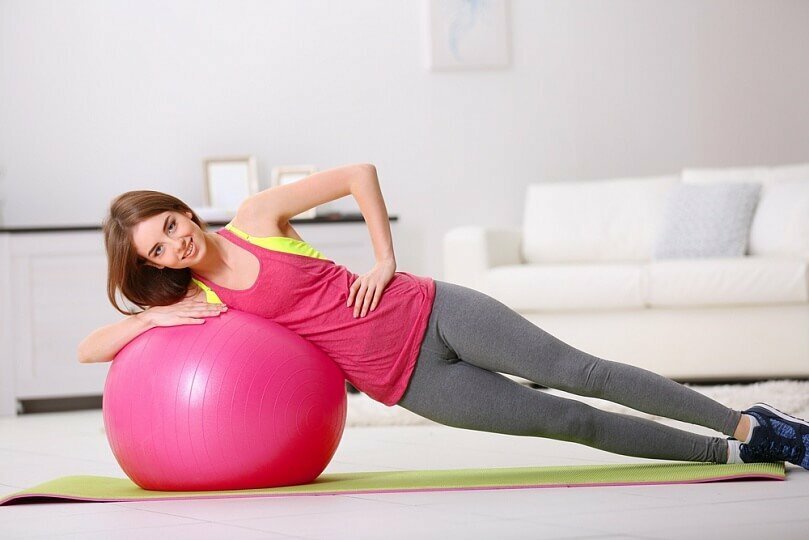
Manual therapist, neurologist or orthopedist by the pictures will be able to evaluate the position of the hernia. Based on this position, he will tell you what movements will be useful to you and which are contraindicated.
For example, you can bend your back or hang on a horizontal bar with all conditions. In some cases, this will cause severe pain, and do only worse.
Methods of treatment of intervertebral hernia if the back hurts
- Surgical method. It is used in extreme cases when the hernia is located so unsuccessfully that it completely squeezes the nervous barrel coming out of the spine. As a result, for example, the foot is hanging (if the problem is in the lower back). Or there is a violation of the motor function of some muscles.
- The surgical method is also used when therapeutic methods do not give results for a long time. A person becomes simply bad from pills or injections that are prescribed to him.
- The operation is prescribed for a sequestered hernia, when a piece of spinal disk comes out with a hernia. Such a hernia always cause very severe pain and makes normal life impossible.
- Surgical treatment of hernia is now laparoscopic. That is, there are no big incisions. The protruding hernia is removed, the place is cauterized by the coagulator, and the nerve is freed from pressure at once. The disadvantage of the method - sometimes relapses of hernias arise in the same place.
- More Herbs are treated with cold -plasma nucleoplasty. A needle with an electrode at the end is introduced into the intervertebral disc. It heats up to 40-50 degrees, and the fabric surrounding it begins to evaporate. It turns out a vacuum that simply draws a hernia. This operation is carried out under local anesthesia, and at the same time a doctor can “draw” several hernias at once.
- There is also radio frequency derervation method, When a hernia is removed through the puncture, but the nerve endings that it irritates. Injections with anti -inflammatory drugs directly into the hernia area are widespread. They are made under the control of an X -ray. And they act faster and more accurately than the novocaine blockade.
Manual therapy for intervertebral hernia if the back hurts
- Manual therapy for intervertebral hernia is not dangerous. What will the manual therapist do? It will bypass the area around the hernia with soft massageous actions. As a result, cramps will subside, swelling will decrease, tissue nutrition will improve, and relief will come.
- Another manual therapist can work out other joints and spinal departments. For example, the thoracic region is considered compensatory for the cervical and lumbar. If his condition becomes better, then other parts of the back will be easier to work. And the sacrum area is what our entire posture depends on. There are many similar subtleties, and qualified manual therapist can take them into account.
- But manual therapy in some positions of the hernia will not effective enough without other methods. Namely, when the hernia is too squeezing the nervous trunk leaving the spine. In this case, there will be neither harm nor special benefits from her. According to Dr. Andrei Oros, manual therapy is effective in 95% of cases of back pain.
Video: Dr. Oros about headaches due to clamps in the cervical spine
Video: Elena Malysheva about different methods of treatment of intervertebral hernia
Some manual therapy techniques if the back hurts
Reception of a manual therapist begins with an inspection: the mobility of the spine and the fullness of movements are evaluated. There are places where mobility is limited and clamped by the muscles. Muscles are called trigger dots. They can be in the form of a ball or spindle. Such seals are usually in places of muscle fastening to the spine. For example, at the place of fastening of the muscle lifting the spatula.

Myofascial release if the back hurts
Under this complex name hides a fairly simple technique of manual therapy. It consists in three principles: stretching, compression and twisting. The manual therapist finds a painful trigger point and affects it, for example, making stretching movements with a thumb. The goal is to develop clamped muscles that cannot relax themselves. It is believed that if the seal is less than 40 or 50 percent, then this will already give significant relief of the condition.
It seems that the myofascial massage technique is simple, but it is difficult to relax trigger points if the back hurts:
- In the subscapular muscle to trigger points, it is impossible to get. And then the manual therapist makes movements with the whole spatula. Then the clamped muscles massage the bone itself.
- There are very deep trigger points. For example, in massive in volume of the gluteal muscle. Then they need to be crushed with an elbow, not a finger.
If the back hurts, then two meofascial massage techniques are most often used. This is muscle stretching, and this is compression.
The manual therapist finds a painful point and begins to press on it. In the patient, this causes pain. Gradually, the pain subsides and then the specialist presses even more, and then even stronger. Such compression lasts for about a minute. As a result, trigger points relax.
Sometimes doctors find a hernia of intervertebral discs when examining a person, and believe that it is she who causes pain in the back. But the manual therapist, relaxing the trigger points, relieves a person of pain. Therefore, massage and manual therapy are always advised before surgical treatment. If it is effective, then more serious treatment is not necessary.
- Self -massage devices
There are many interesting and effective devices to work out trigger points yourself. You can use:
- Massage rollers for the back and smaller massage videos for the muscles of the legs. The price of them is relatively affordable.
- Volleyball balls are also suitable because they are quite dense.
- Tennis balls are not so hard, but also useful if the back hurts.
- There are special double balls and roller massagers with stupid cloves for massaging trigger points.
For those who have the back, myofascial massage is very useful. But the same technique, and the same devices, will help relieve pain in calves or in the muscles of the hands. Using a massage roller to relax the muscles of the legs is not so simple. It turns out that we relax some muscles, while others are training others.
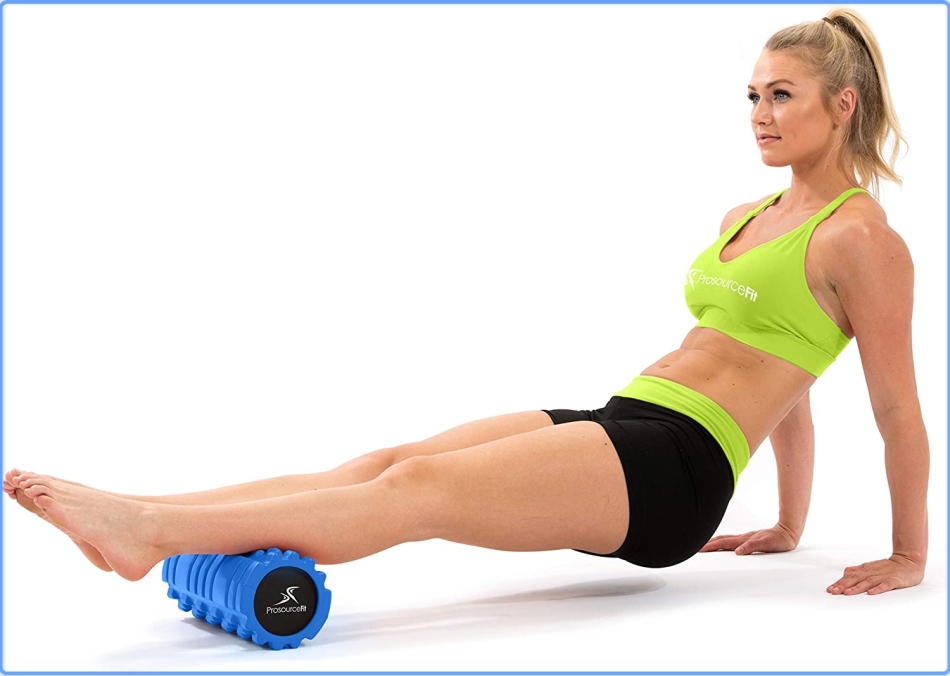
Video: myofascial massage
Video: Dr. Oros about a myofascial syndrome, in which a person has many painful points in the muscles
Craniosacral therapy if the back hurts
Craneosacral therapy is the magic that science listens to. The theory says that a person has two special zones: one of them is a skull, and the second sacrum, and between them there is a special circulation of cerebrospinal fluid or spinal fluid. If this circulation is broken, then pain in the back, headache, and various other unpleasant conditions may occur. For example, increased intracranial pressure or VSD, the treatment of which is problematic for traditional medicine.
The technique of exposure is surprisingly soft. The force of the impact of the hands of a manual therapist should be as if a coin weighing five grams was put on his hand. The same light effort should be attached during massage of the skull. No sharp movements need to make with your head, it is not useful and dangerous.
Hands are placed on the skull of the patient in a strictly defined way. In craniosacral therapy, there are no huge number of ways that you can grab your head. There are only a few positions of the hands, some of them in the next picture.
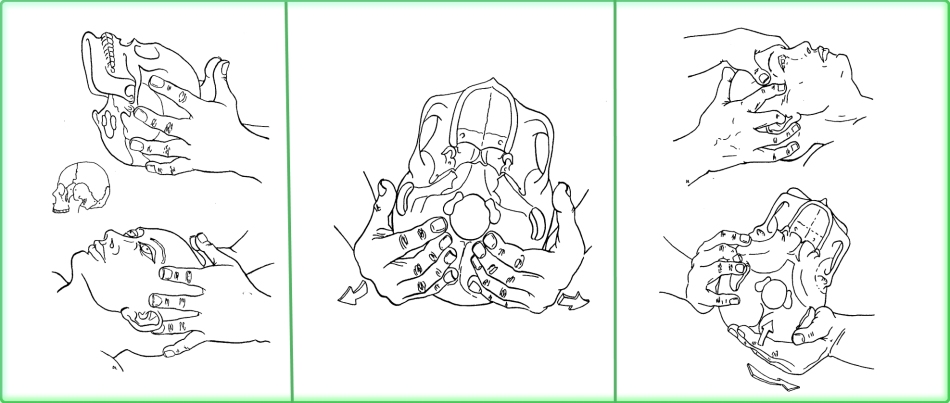
One of the simplest, but effective techniques that a manual therapist can use - this is a stretch of the spine. Hands are placed on the patient’s head as in the picture in the middle. And very softly with very little effort, the head stretches up. Sometimes this technique is the only possible for people with severe pain after a serious spinal injury. It is effective and if the back hurts in the neck.
In the position of the hands, which is depicted in the first picture, you can perform light pressing with the thumbs or squeeze the head of the fingers of one hand, and on the contrary slightly stretch it with the other.
Krasniosacral therapy involves a very subtle work: the specialist should hear the patient's heart rhythm. He must capture how the patient’s tissues respond to his movements. And then follow these movements or vice versa, create resistance and compression.
Video: About craniosacral therapy
On our site there are many other cognitive articles about the health of the spine:

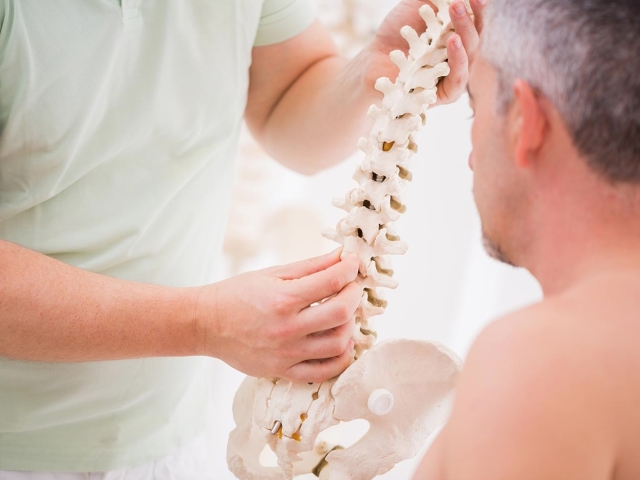



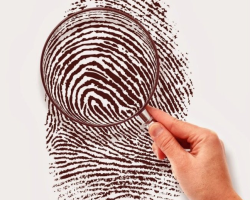


With back pain, I use unpleasant sensations with a balm relaxing from horsepower, it helps to remove unpleasant symptoms